Sample Preparation Requirements for Submission
RNA and DNA Extractions
The HTSF does not specialize in DNA and RNA extractions; therefore, we recommend that you speak with fellow researchers in your field or please visit the BioSpecimen Processing Facility (BSP). The BSP can assist with RNA and DNA extractions and offer recommendations.
The DNA or RNA extraction method can be critical to successful creation of your sequencing library. In our experience, most commercial kits that use a column purification step can be used.
- If you use Trizol or phenol/chloroform to extract RNA or DNA, you must perform a clean-up step using a column based clean-up kit before submitting to HTSF.
- HTSF does not recommend resin based nucleic acid purification.
- Do not use glycogen as a carrier during ethanol precipitation of RNA or DNA samples. Instead, we recommend using linear polyacrylamide (LPA) which is available from Sigma-Aldrich (Cat #56575), Fisher Scientific (J67830-XF), and other vendors.
RNA Purification
Many of our users have found the following kits work well for their purposes. HTSF cannot confirm they will work for your specific needs. For example, when doing long read technology, it is critical to preserve the material size. The guidelines in the tables below for recommended purification methods based on the type of material being submitted.
| Type of Material | Purification Method |
| Total RNA |
|
| RNA from FFPE |
|
| For smallRNA (enrichment) |
|
DNA Purification
| Type of Material | Purification Method |
| DNA |
|
| High Molecular Weight DNA
(Oxford Nanopore sequencing) |
|
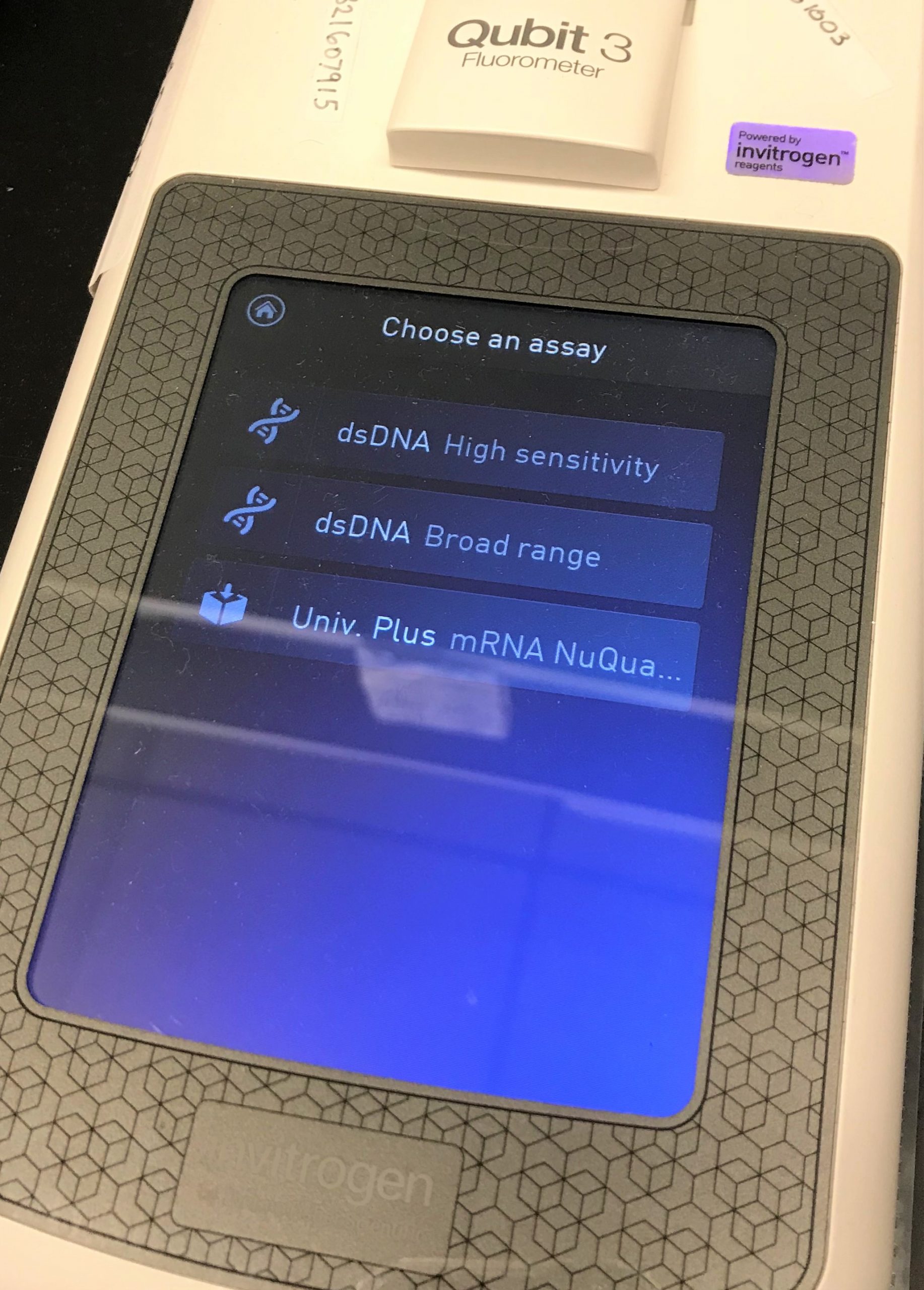
We recommend using a spectrophotometer(Nanodrop) to check the purity of your samples before submitting to HTSF. HTSF performs rigorous QAQC analysis to assess nucleic acid quality and concentration; however, we do not use a spectrophotometer. During the submission process, there will be an option to receive QAQC updates and/or approve QAQC results as samples move through the queue.
Samples may be submitted in one of the following diluents: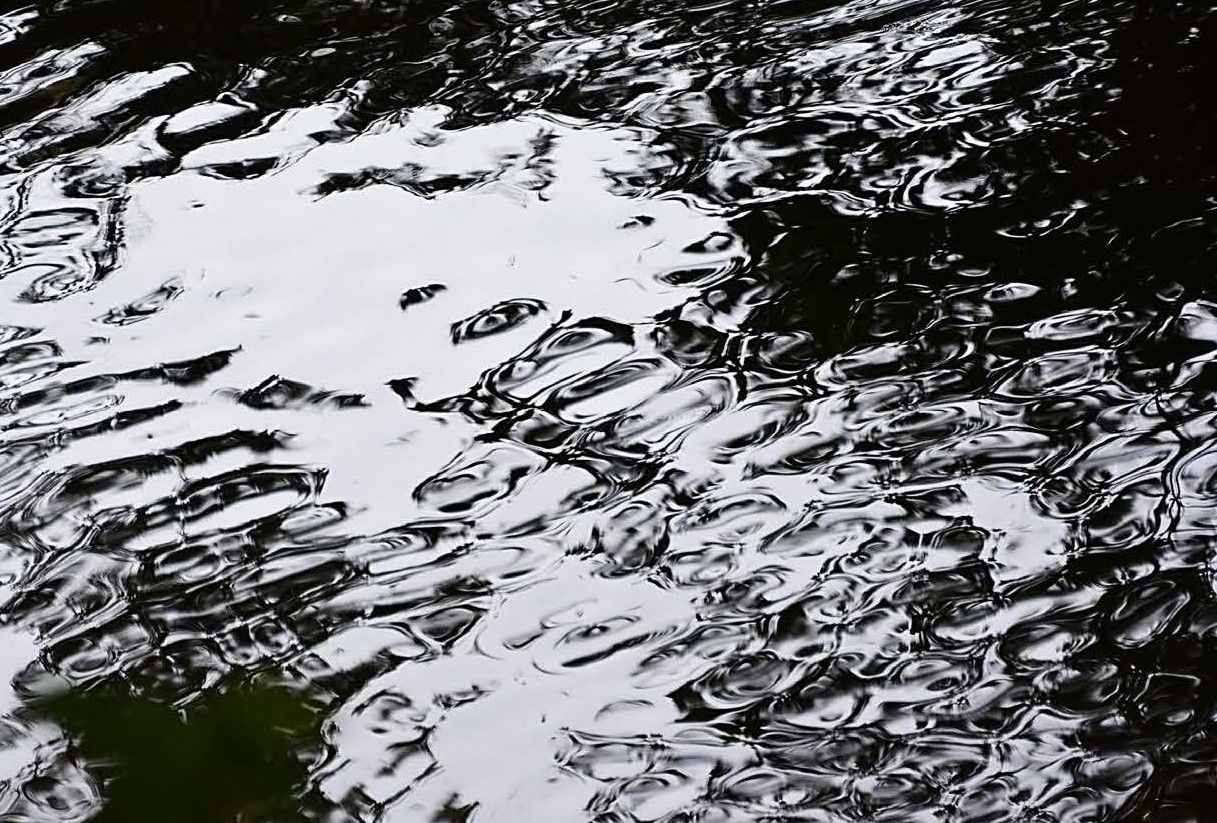
- dH2O (preferred)
- EB buffer (10 mM Tris-Cl, pH 8.5)
- RSB buffer (10 mM Tris-Cl, pH 7.4, 10 mM NaCl, 3 mM MgCl2)
TE buffer is NOT acceptable and samples in this buffer will not be accepted or will incur an additional charge to correct this problem.
EDTA in these buffers interferes with downstream processing and can prevent the sequencing process from working correctly. Samples in TE buffer need to be cleaned up and re-suspended in an appropriate solution PRIOR to submission.
Below are general tables to follow when submitting material to the HTSF. These tables refer to the volume and concentration requirements depending on the submitted material type and preparation method. See the HTSF DNA and RNA Sample Preparation Requirement Guide on the Forms and Guide page under General for specifics for your library method of choice.
DNA Samples
| Preparation Method | Minimum Required Volume | Minimum Concentration1 |
| DNAseq | 60 µl | 30-40 ng/µl |
| DNA Nextera XT | 15 µl | 1 ng/µl (200 ng total) |
| DNA Sure Select | 20-60 µl | 25 ng/µl (3 µg total) |
| CHiP DNA | 12 µl | 2 ng/µl2 (20 ng total for library preparation) |
RNA Samples
| Preparation Method | Required Volume | Minimum Concentration |
| Total RNA (TruSeq RiboZero Gold) | 60 µl | 30-40 ng/µl |
| Total RNA (Roche Seq KAPA) | 30 ng/µl | |
| Total RNA (MicroRNA) | 67 ng/µl (2 µg total) |
|
| mRNA (KAPA stranded) | 30 ng/µl | |
| mRNA (KAPA non-stranded) | 25 µl | 10 ng/µl |
| Small RNA (purified) | 30 µl | 67 ng/µl
*works down to 1ng, so submission concentrations can be very low |
| Amplicons | 60 µl | 20 – 30 ng/µl |
| FFPE RNA | 15 µl | 500-4000 ng2 |
For more detailed sample submission requirements please refer to Submission Sample Requirements.
- The minimum overall submitted volumes are listed below
- If you are submitting a POOL, the combined volume must be at least the minimum volume listed.
- If you are submitting for any standard loading version of the NovaSeq, Please reference NovaSeq Requirements Table on the Forms and Guides page under Illumina. NovaSeqS1, S2, S4 requires larger volumes for loading than the MiSeq platforms. Contact HTSF for other options if you cannot meet these requirements.
| Material | Volume | Molarity* |
| Single library | 20 uL | 15 nM (2 nM minimum) |
| Project/study pooled libraries | 15 nM (5nM minimum) total pool |
For specific information on the submission container requirements please refer to the HTSF Approved Container Requirements found on the Forms and Guides page under TracSeq and Submissions. This guide includes specifics for all approved containers, including vendor info for some containers. Additionally, there are images for all approved and non-approved containers.
Tubes
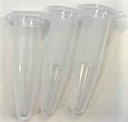 HTSF accepts
HTSF accepts
-
- 1.5 – 1.7 ml polypropylene snapcap or screwcap
- 0.5 ml Matrix tubes
- A note, submission in Matrix tubes is preferred when more than 48 samples are planned for a submission
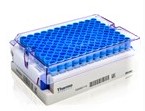
-
- HTSF has high throughput pipelines established for processing matrix tubes
- At this time, Matrix tubes are preferred over 96 well plates because of flexibility for processing
We do not accept
- Dolphins tubes
- any tube >1.7 ml or <0.5 ml.
Plates
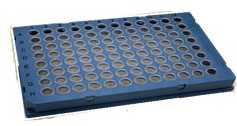 The HTSF can ONLY accept BioRad (catalog HSP-9631) 96 well Skirted hard-shelled plates. The HTSF can supply limited numbers of these 96 well plates as needed at a small cost. Any other formatted 96 well plate will be returned to the study or fees will be incurred for transfer of samples to new plate. HTSF requires these specifics plates due to our robotics.
The HTSF can ONLY accept BioRad (catalog HSP-9631) 96 well Skirted hard-shelled plates. The HTSF can supply limited numbers of these 96 well plates as needed at a small cost. Any other formatted 96 well plate will be returned to the study or fees will be incurred for transfer of samples to new plate. HTSF requires these specifics plates due to our robotics.
For more specific information on the submission container requirements please refer to the HTSF Container Information Guide, also found on the Forms and Guides page under General.
Relevant Forms and Guides
HTSF DNA and RNA Sample Preparation Requirement GuideNovaSeq Requirements Table
HTSF Approved Container Requirements